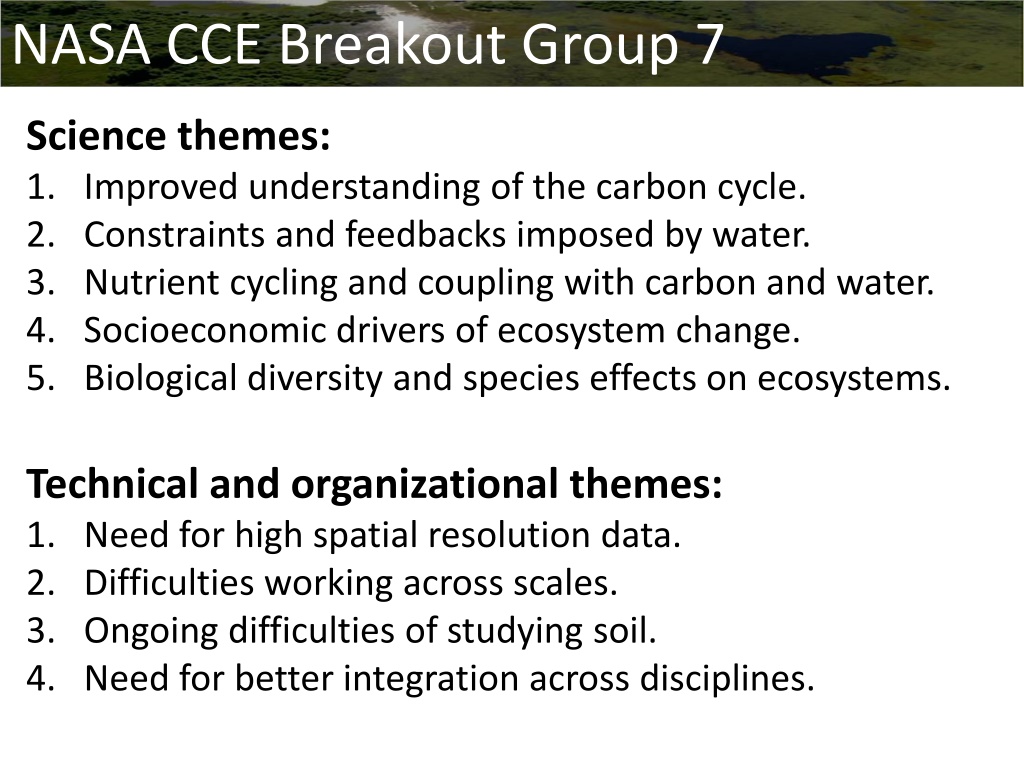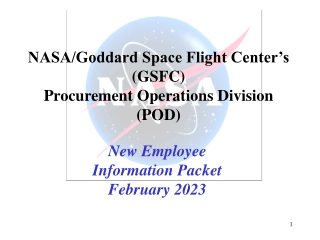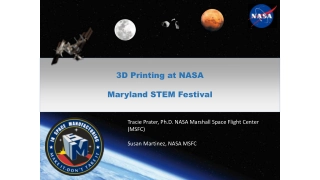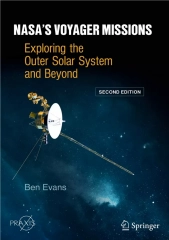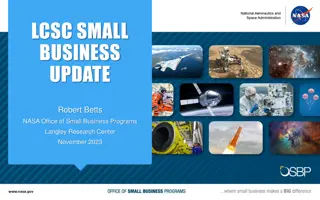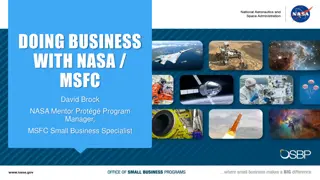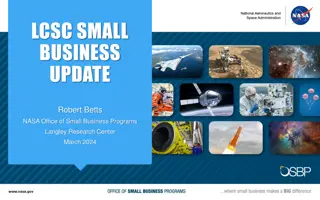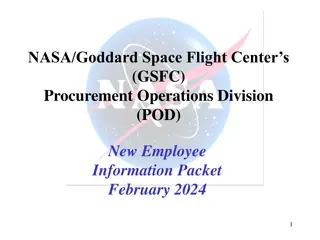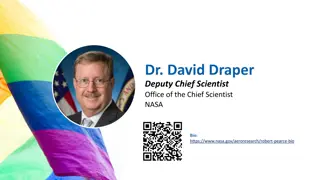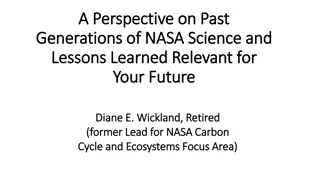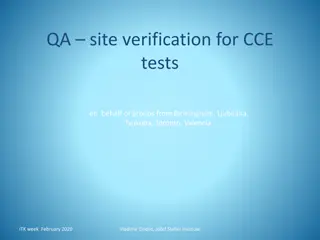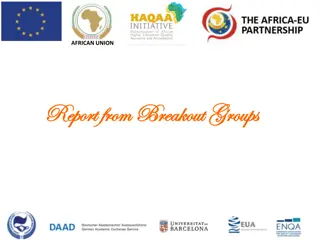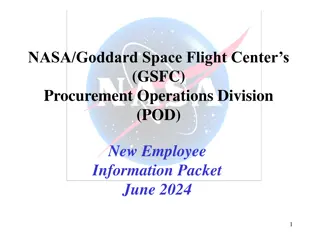NASA CCE Breakout Group 7 Research Themes
NASA's Carbon Cycle and Ecosystems Breakout Group 7 focuses on key science and technical themes including understanding the carbon cycle, water constraints, nutrient cycling, socioeconomic drivers, biodiversity effects, data resolution challenges, interdisciplinary integration, and more. Researchers explore carbon and water pools, species influences, soil studies, methane fluxes, water distributions, ecosystem nutrient cycles, human impacts, and ecosystem responses to climate change.
Download Presentation

Please find below an Image/Link to download the presentation.
The content on the website is provided AS IS for your information and personal use only. It may not be sold, licensed, or shared on other websites without obtaining consent from the author.If you encounter any issues during the download, it is possible that the publisher has removed the file from their server.
You are allowed to download the files provided on this website for personal or commercial use, subject to the condition that they are used lawfully. All files are the property of their respective owners.
The content on the website is provided AS IS for your information and personal use only. It may not be sold, licensed, or shared on other websites without obtaining consent from the author.
E N D
Presentation Transcript
NASA CCE Breakout Group 7 Science themes: 1. Improved understanding of the carbon cycle. 2. Constraints and feedbacks imposed by water. 3. Nutrient cycling and coupling with carbon and water. 4. Socioeconomic drivers of ecosystem change. 5. Biological diversity and species effects on ecosystems. Technical and organizational themes: 1. Need for high spatial resolution data. 2. Difficulties working across scales. 3. Ongoing difficulties of studying soil. 4. Need for better integration across disciplines.
NASA CCE Breakout Group 7 1. What are the stocks and turnover rates of plant and soil carbon pools and how are they affected by physical conditions, nutrient concentrations and human activities? How are carbon pools and turnover rates influenced by species and plant functional groups? What are current belowground carbon pools and what factors are causing them to change? What is the magnitude of, and controls on, methane fluxes in terrestrial ecosystems?
NASA CCE Breakout Group 7 2. What are the spatial and temporal distributions of major stocks of water and how can we differentiate between them? How do extreme hydrologic events impact element transfers from terrestrial to aquatic systems? What is the importance of snowpack on water cycling in forested regions and how can we reduce uncertainties? What is the spatial and temporal distribution of total plant-available water and how is this distributed between shallow and deep soils? How will sea-level rise influence carbon cycling in coastal wetlands?
NASA CCE Breakout Group 7 3. How are ecosystems being affected by alteration of major nutrient cycles and how do these changes influence other important ecosystem processes? How do nutrient concentrations in plants constrain fluxes of carbon, water and energy across terrestrial ecosystems, aquatic ecosystems and the atmosphere? How do nutrient cycles constrain or moderate ecosystem responses to climate change and rising CO2? What are the feedbacks between nutrient cycles and ecological drivers of change?
NASA CCE Breakout Group 7 4. How do social and economic processes influence and respond to changes in ecosystem structure and function? How does the relative importance of human activity on ecosystems vary as a function of patch size? Does the spatial distribution of human-induced disturbance contain information about social and economic priorities? How will human response to environmental change lead to feedbacks on the Earth system?
NASA CCE Breakout Group 7 5. What are the implications of global change on biodiversity and how do changes in diversity influence the functioning of ecosystems? What is the present rate of change in biological diversity? How does biological diversity influence the functioning of ecosystems and their resistance/resilience to environmental change? Do indices of spectral and structural diversity contain information about biological diversity in addition to field- based metrics?
